#HABITAT
Explore tagged Tumblr posts
Text
Hmm let me get a poll for something real quick
I want to see how many people have easy access to nature, as I assume most of tumblr lives in urban areas such as cities or large suburbs, and a lot of people seem to not know much about the native species of plants and animals in their area. If you answered several, please reblog with which ones! And if the natural area is not mentioned, add it in a reblog or comment :)
#tumblr polls#my polls#polls#poll#urbanization#nature#ecopunk#please reblog#habitat#natural habitat#forest#desert#beach
13K notes
·
View notes
Text
Golf Courses ARE Being Converted
The Solarpunk "fantasy" that so many of us tout as a dream vision, converting golf courses into ecological wonderlands, is being implemented across the USA according to this NYT article!
The article covers courses in Michigan, Pennsylvania, California, Colorado, and New York that are being bought and turned into habitat and hiking trails.

The article goes more into detail about how sand traps are being turned into sand boxes for kids, endangered local species are being planted, rocks for owl habitat are being installed, and that as these courses become wilder, they are creating more areas for biodiversity to thrive.
Most of the courses in transition are being bought by Local Land Trusts. Apparently the supply of golf courses in the USA is way over the demand, and many have been shut down since the early 2000s. While many are bought up and paved over, land Trusts have been able to buy several and turn them into what the communities want: public areas for people and wildlife. It does make a point to say that not every hold course location lends itself well to habitat for animals (but that doesn't mean it wouldn't make great housing!)
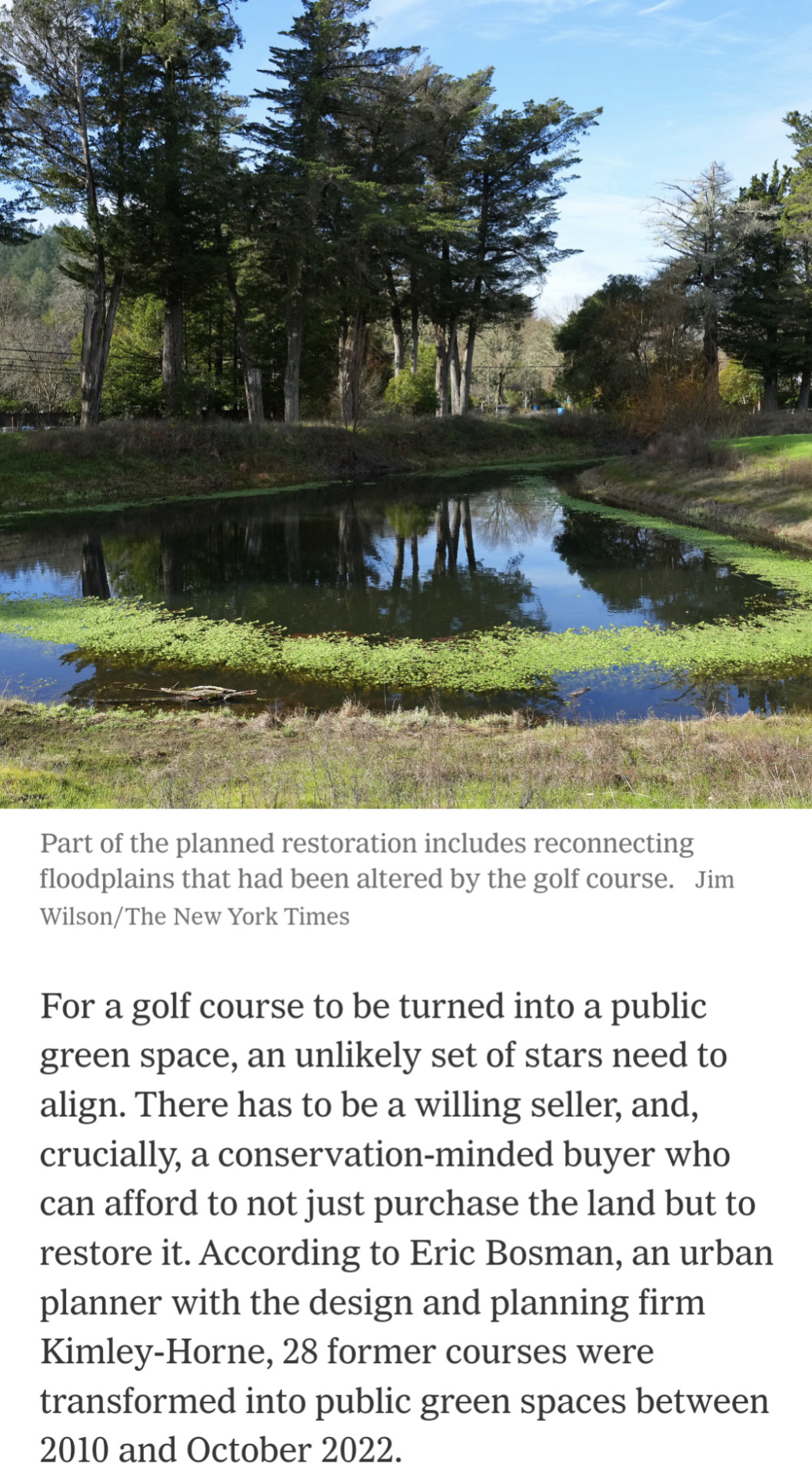
So lets be excited by the fact that people we don't even know about are working on the solutions we love to see! Turning a private space that needs thousands of gallons of water and fertilizer into an ecologically oriented public space is the future I want to see! I can say when I used to work in water conservation, we were getting a lot of clients that were golf courses that were interested in cutting their resource input, and they ended up planting a lot of natives! So even the golf courses that still operate could be making an effort.
So what I'd encourage you to do is see if there's any land or community trusts in your area, and see if you can get involved! Maybe even look into how to start one in your community! Through land trusts it's not always golf course conversions, but community gardens, solar fields, disaster adaptation, or low cost housing! (Here's a link to the first locator I found, but that doesn't mean if something isn't on here it doesn't exist in your area, do some digging!)
#solarpunk#sustainability#climate change#gardening#activism#hope#climate justice#news#new york times#golf courses#habitat#conservation
21K notes
·
View notes
Text
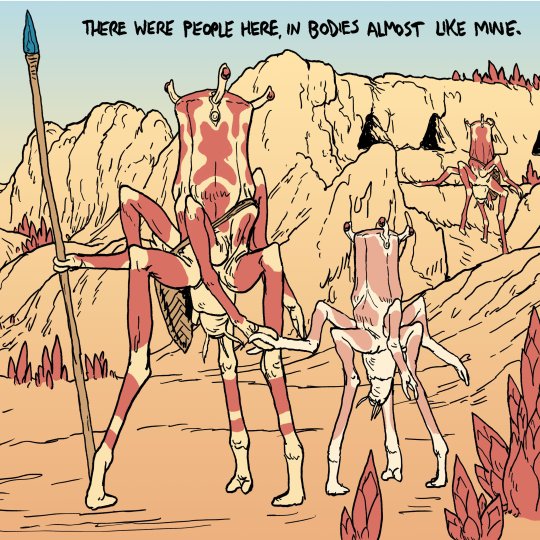


revisiting some aliens I haven't drawn in 12+ years for an upcoming short comic - and its lovely to see them again
#simon roy#comics#sciencefiction#speculative biology#speculative zoology#scifi#habitat#aliens#alien species#science fiction#amphorans#deviantart#povorot
5K notes
·
View notes
Text
Colorado's High Number of Wildlife Crossings Save Money, Help Wildlife, and Prevent Car Accidents
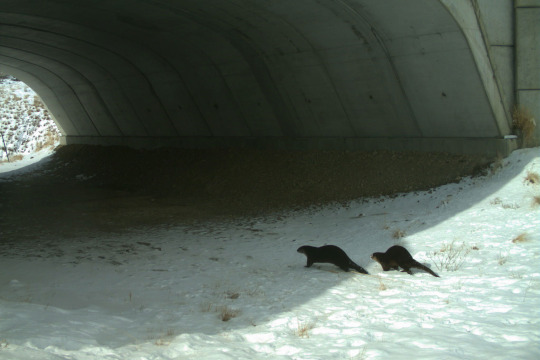
From this article in the New York Times:
Wildlife crossings are growing in popularity across the country, and in recent years, Colorado has emerged as a leader. Since 2015, it has built 28 new large game crossing structures, according to the state Transportation Department. The state is rich in wildlife, and many of its species travel from higher elevations in the summer to lower ones in the winter, oftentimes crossing highways at great peril. In 2022, the General Assembly passed a law creating a cash fund for the department to use for animal crossings. Colorado has also evaluated its highways to create a priority list for future projects. Wildlife crossings, when combined with long stretches of fencing to funnel animals to the right location, have been found to reduce vehicle collisions with large animals by more than 80 percent. They are expensive, but research has shown they can save money when installed on stretches of highway with at least an average of three collisions between motorists and deer per mile per year. For collisions with elk and moose, which are bigger and therefore cause more damage to vehicles and people, that threshold goes down to less than one collision per mile per year.
I also think it's worth mentioning that wildlife crossings as a whole are becoming more common and more popular across the entire US--even garnering increasingly rare bipartisan support.
This article is a bit old (from 2021) but there are some really fantastic examples of wildlife crossings that have been even more successful than expected, as well as some heartwarming videos of crossing wildlife.
Crossings like this reduce habitat fragmentation and makes it easier for wildlife to adapt to climate change and natural disasters like wildfires.
#wildlife crossings#wildlife#biodiversity#good news#adaptation#hope#hopepunk#solarpunk#endangered species#habitat fragmentation#habitat restoration#habitat#habitat corridor#wildlife corridor#environment#ecology
1K notes
·
View notes
Text
Dandelion News - February 15-21
Like these weekly compilations? Tip me at $kaybarr1735 or check out my Dandelion Doodles!
1. Solar farms managed for nature boost bird abundance and diversity, new study finds

“There were more than twice as many farmland birds in the well-managed solar farms compared with the intensively farmed land, and nearly 16 times as many woodland birds. […] Overall, diversity was 2.5 times higher, while woodland birds were nine times more diverse.”
2. Washington judge blocks Trump’s gender-affirming care ban, says it's unconstitutional in multiple ways

“This marks the second time in a week that a judge has stood in the way of Trump’s attacks on trans kids. [… The ruling grants] a temporary restraining order that halts enforcement of provisions in Trump’s directive that would cut off federal funding to medical institutions that provide gender-affirming care to minors.”
3. Fog harvesting could provide water for arid cities

“17,000 sq m of mesh could produce enough water to meet the weekly water demand of [… the] urban slums. 110 sq m could meet the annual demand for the irrigation of the city's green spaces. Fog water could be used for soil-free (hydroponic) agriculture, with yields of 33 to 44lb (15 to 20kg) of green vegetables in a month.”
4. Audubon Applauds Bipartisan Federal Effort to Protect Delaware River Basin with Critical Reauthorization Bill

“The bill would […] ensure long-term conservation and restoration efforts, expand the official definition of the basin to include Maryland, and prioritize projects that serve small, rural, and disadvantaged communities. […] The watershed provides important year-round habitats and critical migratory stopovers for approximately 400 bird species[….]”
5. mRNA vaccines show promise in pancreatic cancer in early trial
“Half of the people in the study — eight of the participants — responded to the vaccine, producing T cells that targeted their tumors. […] Just two of the patients who had a response to the vaccine had their cancer return during the three-year follow- up, compared to seven of the eight who did not respond to the vaccine treatments.”
6. Minn. Lt. Gov. Flanagan Makes It Official; She's running for U.S. Senate

“[Flanagan has] “championed kitchen-table issues like raising the minimum wage, paid family and medical leave, and free school meals.” If elected, Flanagan, a tribal citizen of the White Earth Nation, would become the first Native American female U.S. senator in history.”
7. Federal Funding Restored for Low-Income Alabama Utility Assistance After Outcry

“A program meant to help low-income Alabamians pay their utility bills has resumed two weeks after it was canceled due to an executive order from President Donald Trump. […] “We can confirm the funds are reaching those affected by the previous pause[….]””
8. Modeling study suggests Amazon rainforest is more resilient than assumed

“[Previous] studies were either conducted with global climate models that used a simplified representation of convection [or were on a regional scale….] According to the computations, mean annual precipitation in the Amazon does not change significantly even after complete deforestation.“
9. States are moving forward with Buy Clean policies despite Trump reversal

““Buy Clean is a great example of how states and other nonfederal actors can continue to press forward on climate action, regardless of what the federal government does,” said Casey Katims, executive director of the U.S. Climate Alliance, a bipartisan coalition of two dozen governors.”
10. The rewilded golf courses teeming with life

“A wildflower meadow, ponds, scrub habitat, coastline and even an area of peat bog can be found on this little 60-acre (24-hectare) plot, which boasts roe deer, otters, lizards, eels and a huge array of insects and birds.”
February 8-14 news here | (all credit for images and written material can be found at the source linked; I don’t claim credit for anything but curating.)
#hopepunk#good news#nature#us politics#solar power#solar panels#solar energy#birds#biodiversity#gender affirming care#transgender#trans rights#trans healthcare#water conservation#habitat#migratory birds#vaccines#vaccination#mrna vaccine#pancreatic cancer#cancer#native american#alabama#low income#amazon rainforest#rainforest#executive orders#climate action#golf course#habitat restoration
985 notes
·
View notes
Text
"In short:
Victorian farmers and volunteers have planted 750,000 trees to restore habitat for a critically endangered bird.
The Regent Honeyeater Project has brought together volunteers from all walks of life since it was launched in the 1990s.
What's next?
An ornithologist says the project is working wonders for the species and other wildlife.
--
John Paul Murphy is not an ecologist, but he knows a thing or two about trees.
The young cattle farmer from Winton in north-east Victoria has helped plant more than 750,000 trees as part of the Regent Honeyeater Project.
"Our involvement as a family goes back to the early 1990s, when the project first kicked off," Mr Murphy said.
The regent honeyeater is a critically endangered bird known for its black-and-bright-yellow colouring.

"Back in the day, millions of these birds would darken the sky from Adelaide up to Queensland," ornithologist Maggie Watson said.
"They're quite large compared to other honeyeaters, are highly nectar-dependent, and are one of the main pollinators of eucalypt trees."
Dr Watson, based in Burrumbuttock, New South Wales, said habitat fragmentation was a major reason the bird was threatened.
"When people started clearing farmland as part of colonisation in the 1800s, they removed all the productive, nectar-producing trees," she said.
"So that essentially wiped out the regent honeyeater's main food-base."
'Great for all wildlife'
Benalla cattle farmer and Regent Honeyeater Project president Rob Richardson said agriculture had claimed its share of the environment.
"We've destroyed a lot of habitat to create grazing and cropping land to the point where there are less than 500 wild regent honeyeaters left in Australia," he said.
"So now we're trying to restore the balance.
"We propagate all the trees in our plant nursery, and then plant them across the landscape to establish vegetation corridors."
Dr Watson said the project would significantly benefit the regent honeyeater population.
"The birds need to have 'roads' to get to flowering trees like eucalypts, and those roads happen to be other trees — so the more you plant, the better," she said.
"Tackling habitat fragmentation is great for all wildlife."
Huge volunteer effort
Mr Richardson said local volunteers were at the heart of the project.
"Over the last 30 years we've had many farmers donate land to be revegetated and over 40,000 volunteers help plant all the trees," he said.
Mr Murphy said the volunteers came from all walks of life.
"At our planting days, I've met university students, doctors, lawyers, biologists … and many of them come back year after year," he said.
Mr Murphy said it was nice to have a chance to get to know with people he may not otherwise have met.
"Farming can be pretty isolating," he said.
"But when you're planting, learning, and just getting your hands dirty together, the conversations you have are really unique.""
-via ABC News Australia, December 2, 2024
#birds#ornithology#australia#honeyeater#bird photography#wild birds#birdblr#endangered species#ecosystem restoration#habitat#conservation#good news#hope
741 notes
·
View notes
Text

Florida mangroves, for Mass Audubon and Storey Publishing‘s Nature Smarts Workbook, Ages 7-9.
#illustration#jada fitch#art#bird#nature#birds#design#drawing#mangroves#mangrove#mangrove forest#habitat#habitat illustration#florida#wildlife#florida wildlife#FL#cutaway#fish#animals#maine artist#maine illustrator#activity book#kid's book#kids illustration#children's book#audubon
2K notes
·
View notes
Text
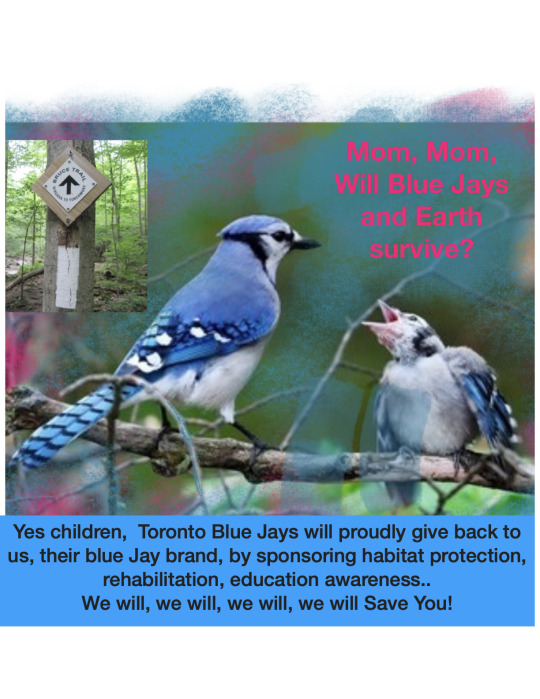
BLUE JAYS
#blue jays#birds#toronto blue jays#habitat#trails#fire protection#nests#feathers#mascot#beak#baseball#hiking#grains
1K notes
·
View notes
Text

Ancient Elk Antler, Alces alces, Perth Museum, Scotland
One of the largest species of deer, Elk died out in Britain by Roman times due to hunting and climate change. They survive today in the conifer forests of Northern Europe and North America.
This antler was excavated near Methven in 1801.
#ancient elk#elk#antler#archaeology#prehistory#fauna#wildlife#outdoors#peat#deer#nature#natural#habitat#hunted#Scotland
237 notes
·
View notes
Text

Hey so I’m actually not dead, believe it or not. Have some smile for me fanart because it’s a good game and you should play it ⭐️
Please forgive me if it looks not amazing, I’ve maybe drawn Habit two times in all the years I’ve been into this funky little game and never drew Kamal :p
#smile for me#dr habit#boris habit#habitat#s4m game#kamal bora#habismal#my sillies#fanart#i try my best#s4m pabit#pabit
196 notes
·
View notes
Text
my habitat !!! all photos taken by me in nova scotia and washington state :33







#dog therian#sea wolf therian#coastal wolf kin#coastal wolf therian#wolf posting#coastal wolf#wolf therian#therian thoughts#therian moodboard#deer therian#therian things#therianthropy#alterhumanity#alterhuman#nonhumanity#nonhuman#otherhearted#otherkin#therian#habitat
105 notes
·
View notes
Text

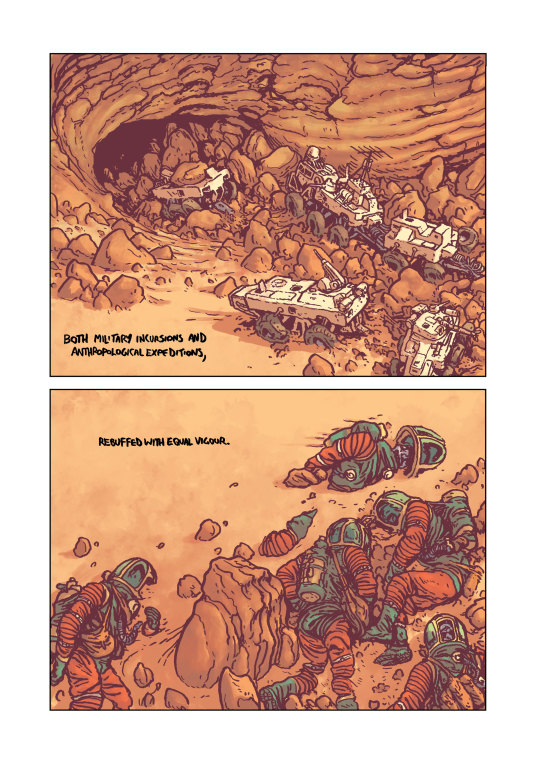
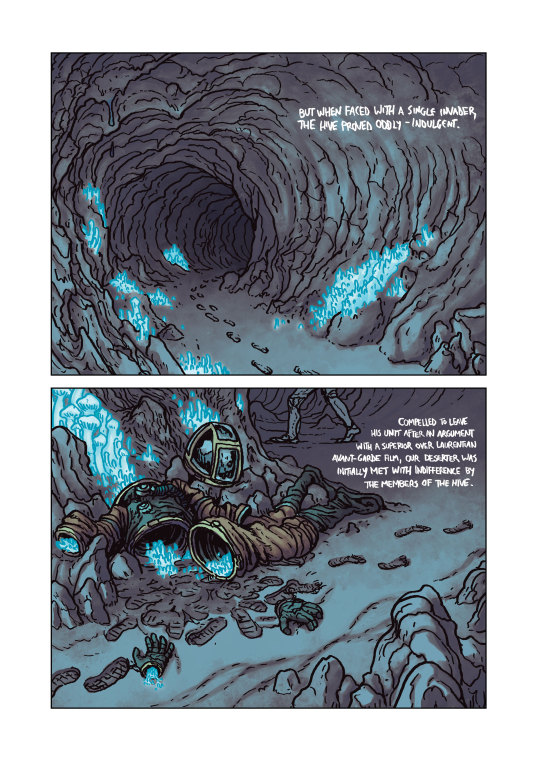

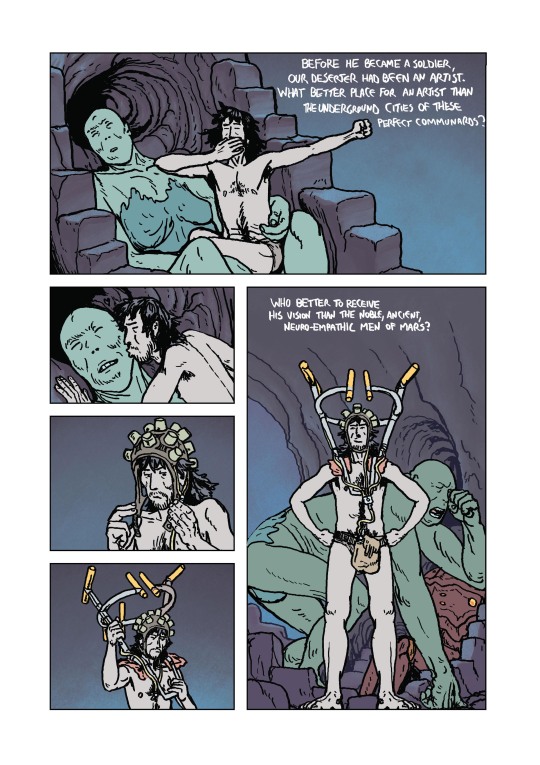






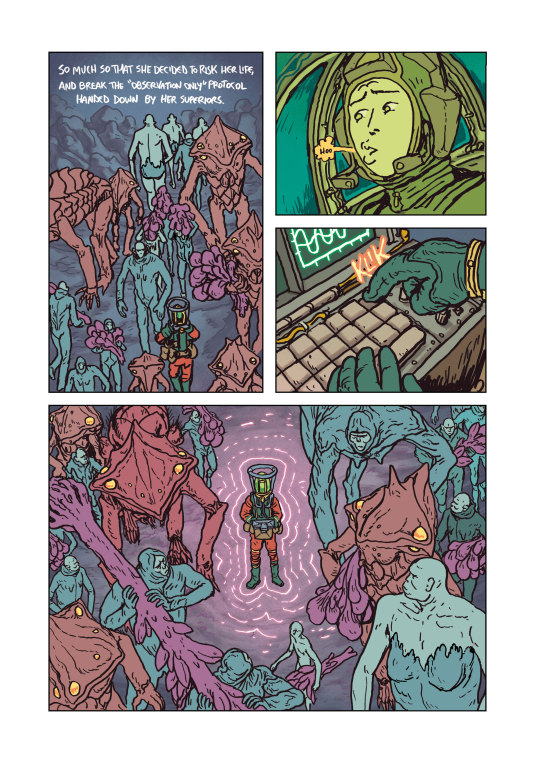
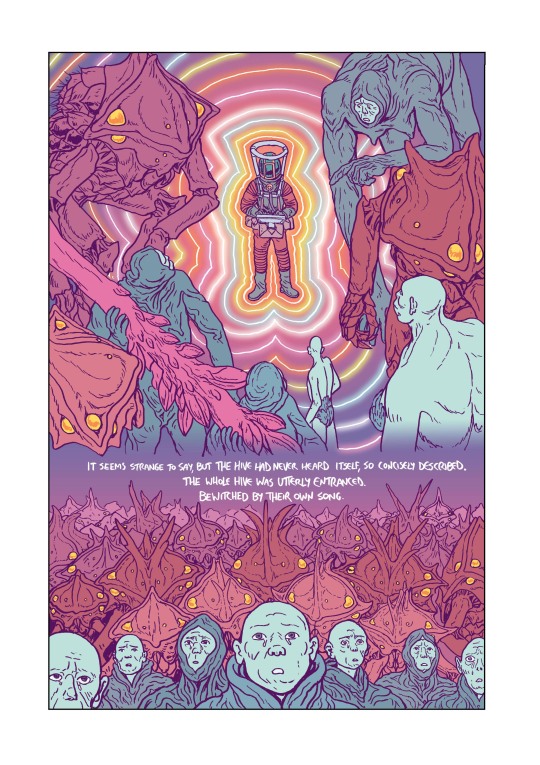





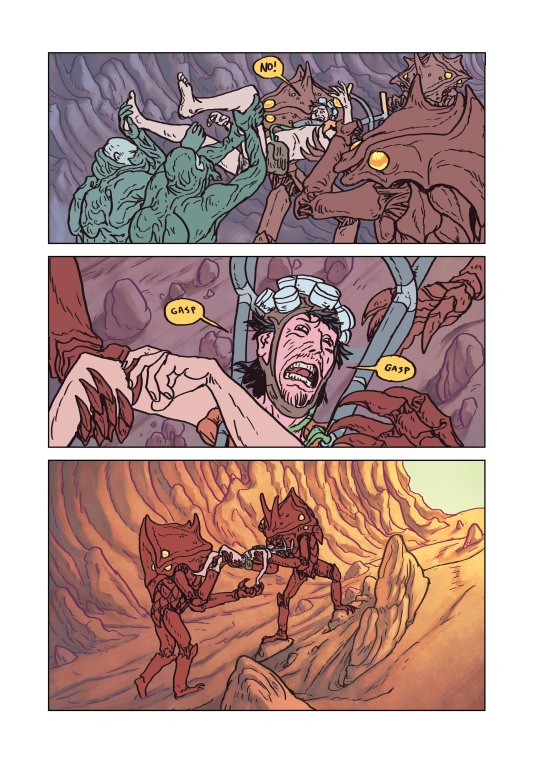
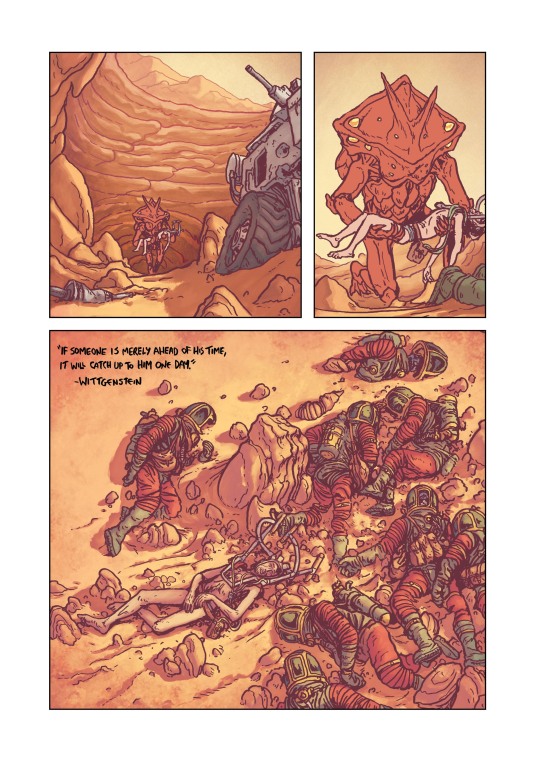
"A PORTRAIT OF THE ARTIST AS HIVE PARASITE" (2022), a story of a lone artist, attempting to carve out a space for himself in a vast, unfeeling hive...
This tale is one of the main ones you'll be able to enjoy in the deluxe hardcover book I'll be kickstarting next month, "A STAR CALLED THE SUN"! The pre-launch page is now open, so be sure to sign up to be alerted when the campaign goes live!

#simon roy#comics#scifi#griz grobus#sciencefiction#habitat#kickstarter#speculative biology#speculative zoology
726 notes
·
View notes
Text



Family affair...
Trail cam photos of some remarkably well behaved cats in my neighbors driveway and a photo of the loss of habitat that pushes them down out of the mountains.
249 notes
·
View notes
Text
From the article:
Above the whirring of 300,000 cars each day on Los Angeles’s 101 freeway, an ambitious project is taking shape. The Wallis Annenberg wildlife crossing is the largest wildlife bridge in the world at 210ft long and 174ft wide, and this week it’s had help taking shape: soil. “This is the soul of the project,” says Beth Pratt, the regional executive director, California, at the National Wildlife Federation, who has worked on making the crossing become a reality over the last 13 years. She says she’s seen many milestones, like the 26m pounds of concrete poured to create the structure, but this one is special. “To be able to put my hand in that soil and toss it on and know that we’ll be putting milkweed plants that will flourish for monarch butterflies, or picturing the first mountain lion paw print on that soil,” she says, fills her with hope. “It is wonderful to watch this habitat take shape.” The plot is a native wildlife habitat that connects two parts of the Santa Monica mountain range, with the hopes of saving creatures – from the famous local mountain lions, down to frogs and insects – from being crushed by cars on one of the nation’s busiest roadways. With nearly an acre of local plants on either side and thick vegetated sound walls 12ft high to dampen light and noise for nocturnal animals as they slip across, it’s an unprecedented feat of engineering. Imagination, too. The project began in 2022 through a public-private partnership that brought together many organizations to cover the $92m in costs, according to Caltrans, the state transportation department. Research shows that wildlife crossings save money because it limits animal interactions with vehicles.
#wildlife crossing#habitat conservation#habitat protection#wildlife#good news#hope#hopepunk#solarpunk#environment#biodiversity#endangered species#habitat fragmentation#road strike#habitat#optimism#ecology
1K notes
·
View notes
Text
I was passing through a neighboring town and seeing the lush, green rolling hills and the blushing blueberry fields and the pale green lichens and fern after fern and while my first thought was my god, what a place to live!, my second thought was how many other animals on this earth look around at their habitat and think the very same, and how sweet that is. my old dog used to sit halfway down our hill and close her eyes. she was listening to the wind pass through, the stream go by, the seasons come in and go out without a sound. I’ll bet the birds and the crickets and the caterpillars do the very same.
#seasons#seasons poetry#poetry#maine#new england#nature#woods#home#homestead#rural living#crickets#natural world#simple#simple life#observations#habitat#rural#slow living#slow life
1K notes
·
View notes